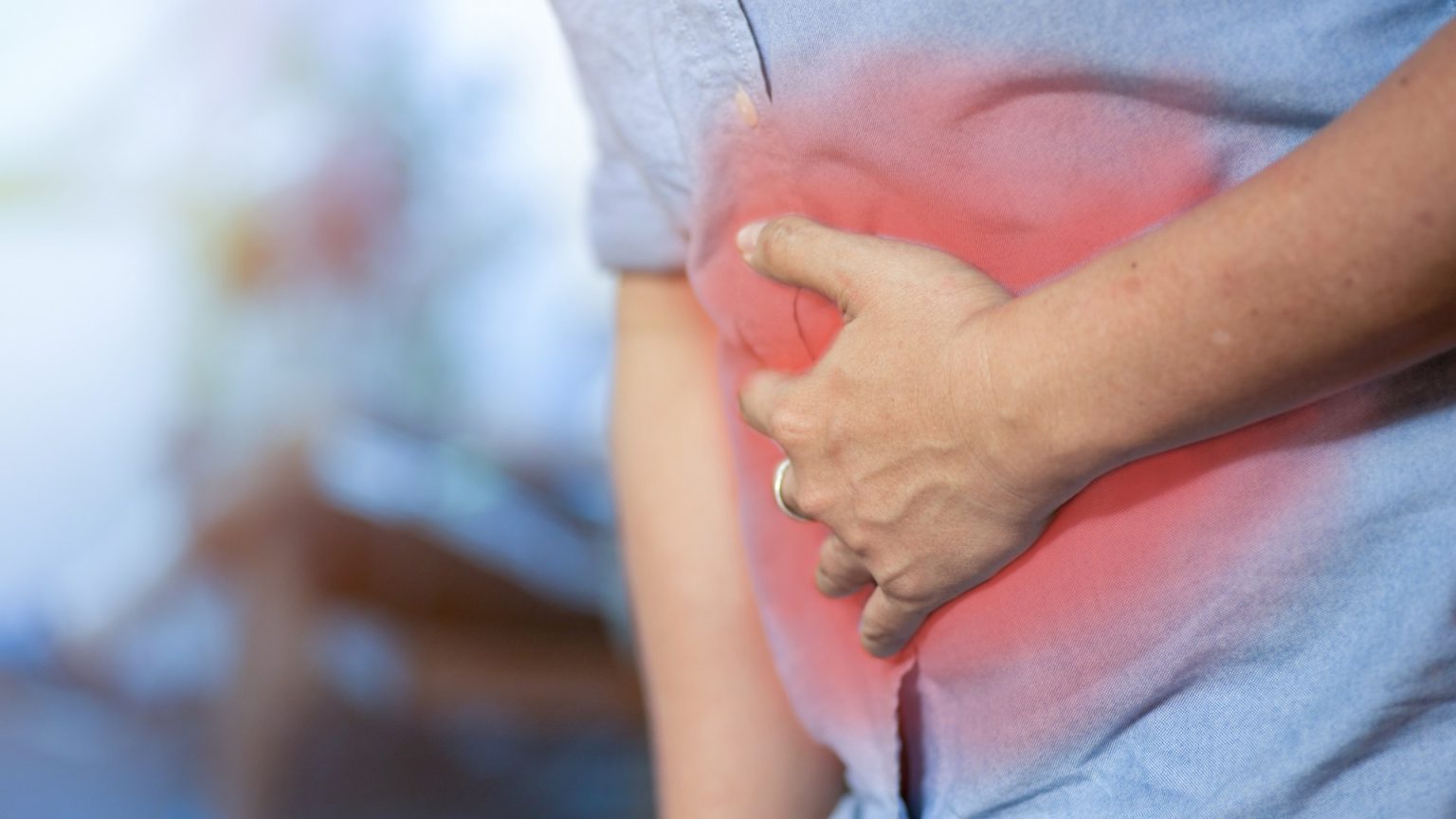Understanding Abdominal Pain: Location as a Clue
Abdominal pain, a common ailment affecting everyone at some point, can range from mild discomfort to severe agony. While most stomach aches are transient and resolve within a few days, understanding the location of the pain can provide valuable insights into its underlying cause. The abdomen houses vital organs, and the specific area of discomfort can sometimes indicate which organ is affected. However, it’s important to remember that pain perception in the abdomen is less precise than in other areas like the skin. Diffuse, widespread pain is generally less concerning than localized, pinpoint pain.
Decoding Upper Abdominal Pain
Pain originating just below the ribcage in the upper central abdomen often points to acid reflux. This occurs when the muscle controlling the flow of food from the esophagus to the stomach malfunctions, leading to a burning sensation in the chest, commonly known as heartburn. Overeating or consuming trigger foods like coffee, tomatoes, chocolate, fatty, or spicy foods can exacerbate acid reflux. Over-the-counter antacids can provide relief, and avoiding trigger foods can help manage the condition. Persistent heartburn unresponsive to lifestyle changes and medication warrants medical consultation.
In the upper right abdomen, sudden, sharp pain may signal gallbladder issues, most commonly gallstones. These stones, while often asymptomatic, can cause intense pain lasting up to five hours if they obstruct the gallbladder’s opening. This pain may be accompanied by nausea, vomiting, fever, and chills. Simple painkillers can offer temporary relief, but persistent or severe pain requires medical attention. Untreated gallstone complications, such as cholecystitis (gallbladder inflammation), can lead to serious infections and sepsis.
Exploring Lower Abdominal and Back Pain
Pain radiating from the lower right back often implicates the kidneys. Kidney stones or infections are frequent culprits. Kidney stones, ranging in size from a grain of salt to a golf ball, can cause excruciating pain, nausea, vomiting, fever, and chills. While small stones often pass unnoticed in urine, larger ones can obstruct the urinary tract, leading to infections and kidney damage. Kidney infections, if left untreated, can also cause permanent kidney damage, sepsis, and even death. Over-the-counter painkillers can manage pain, but persistent lower back pain necessitates medical evaluation.
Pain localized in the lower right abdomen can be a sign of appendicitis, inflammation of the appendix. This pain typically starts as a dull ache around the belly button before migrating to the lower right abdomen. Accompanying symptoms may include loss of appetite, nausea, constipation, or diarrhea. Appendicitis requires immediate medical attention, as a ruptured appendix can cause life-threatening infections. Significant or persistent pain in this region warrants an emergency room visit.
Investigating Central and Lower Central Abdominal Pain
Pain emanating from the central abdomen often relates to bowel issues, such as trapped wind, bloating, or irritable bowel syndrome (IBS). Changing position, loosening clothing, and gentle massage can alleviate discomfort. IBS, a chronic digestive disorder, causes stomach cramps, bloating, diarrhea, and constipation. Managing IBS involves identifying and avoiding trigger foods and consuming a high-fiber diet. Persistent symptoms should be evaluated by a GP.
Pain in the lower central abdomen, where the bladder and uterus are located, may indicate a urinary tract infection (UTI). Burning sensation during urination and foul-smelling urine are common UTI symptoms. While mild UTIs may resolve with increased water intake, antibiotics are often necessary to prevent complications, especially in men. Other UTI symptoms include increased urinary frequency and urgency, cloudy or bloody urine, lower abdominal or back pain, and fever or chills. Worsening or persistent symptoms beyond two days warrant medical attention.
Dietary Strategies for Digestive Health
Dietary adjustments can significantly influence digestive health and alleviate symptoms like constipation, heartburn, and IBS. Increasing fiber intake through whole grains, fruits, vegetables, beans, and oats can ease constipation. Adequate hydration, achieved by drinking water with meals and limiting caffeine and fizzy drinks, supports digestion. Reducing fatty foods, which are harder to digest, can prevent stomach pain and heartburn. Limiting spicy, garlicky, and oniony foods can also minimize heartburn, stomach pain, and diarrhea. Identifying and avoiding trigger foods for gut symptoms, such as acidic foods, wheat, onions, and lactose, can be beneficial. Probiotics can supplement gut-friendly bacteria and may improve symptoms over time.
Consulting a Healthcare Professional
While understanding the location of abdominal pain can offer clues about its potential cause, self-diagnosis is not a substitute for professional medical advice. It is crucial to consult a healthcare professional for persistent, severe, or worsening abdominal pain, especially if accompanied by other concerning symptoms. Prompt medical evaluation can help identify the underlying cause and ensure appropriate treatment, preventing potential complications.











